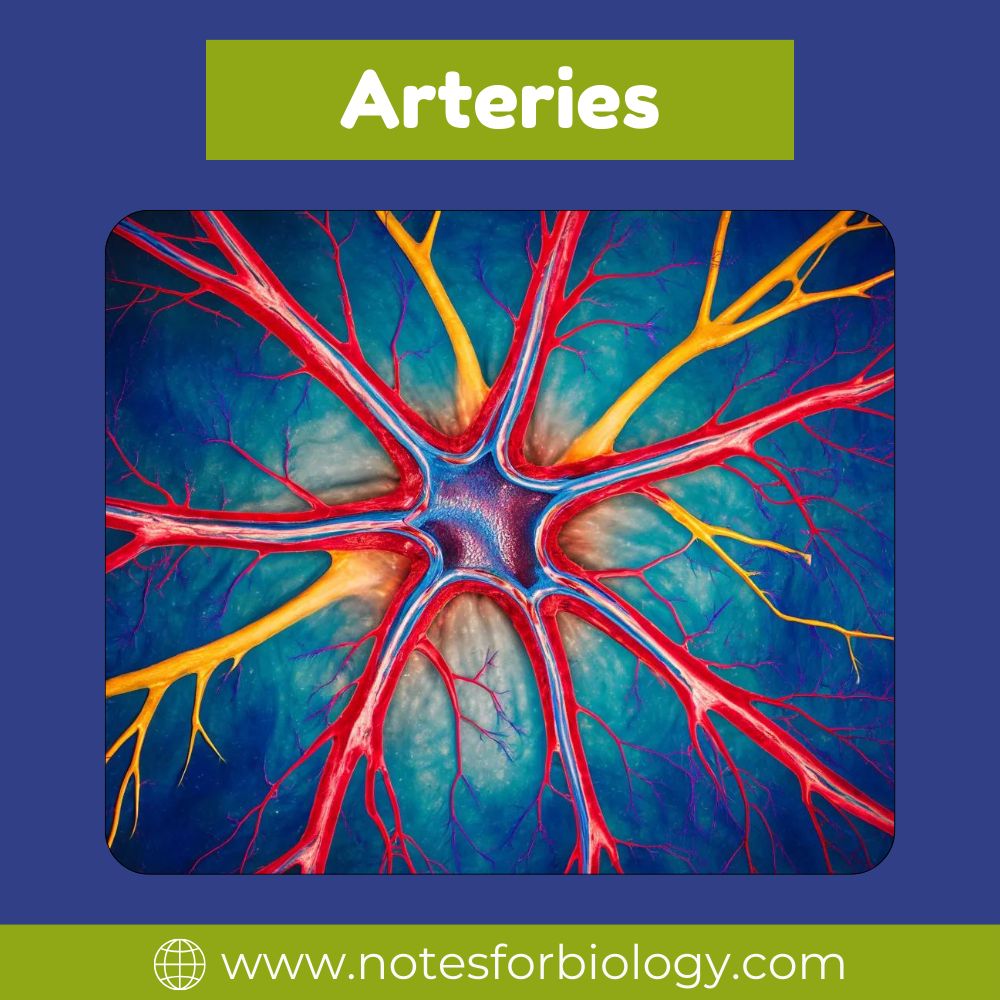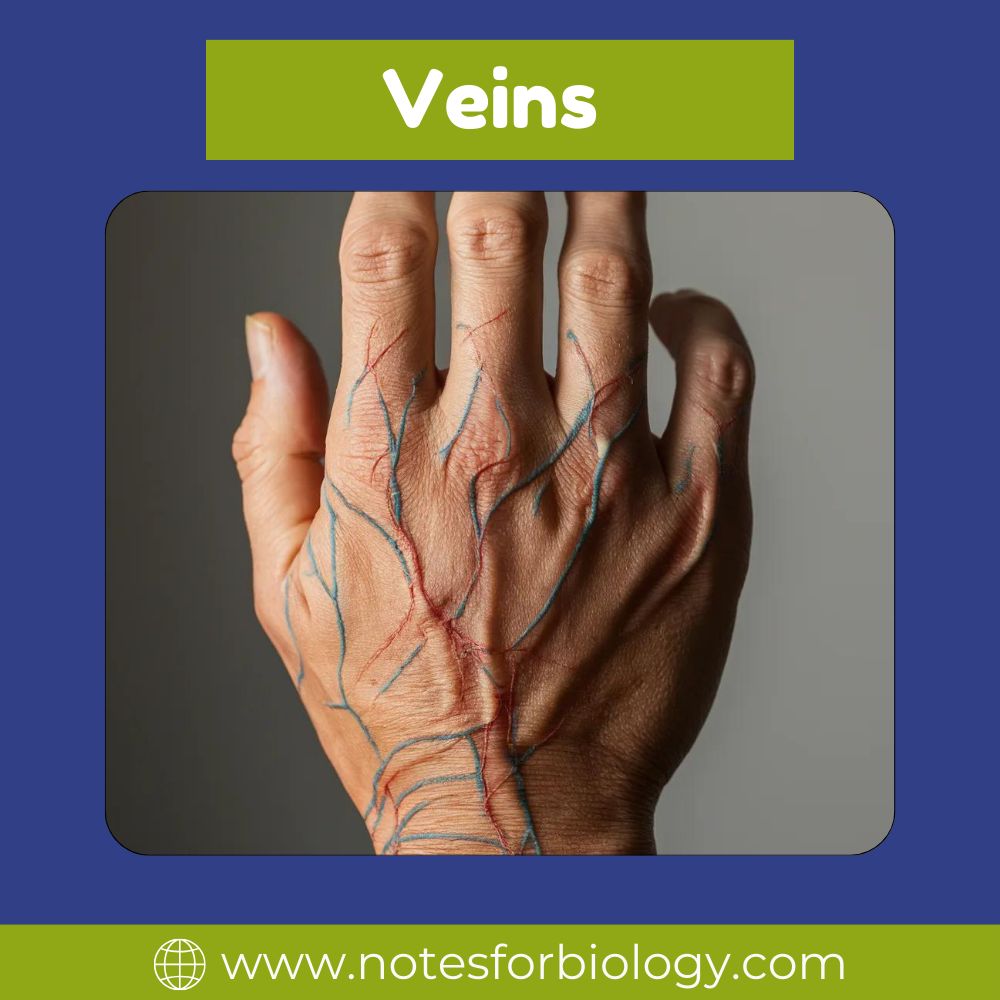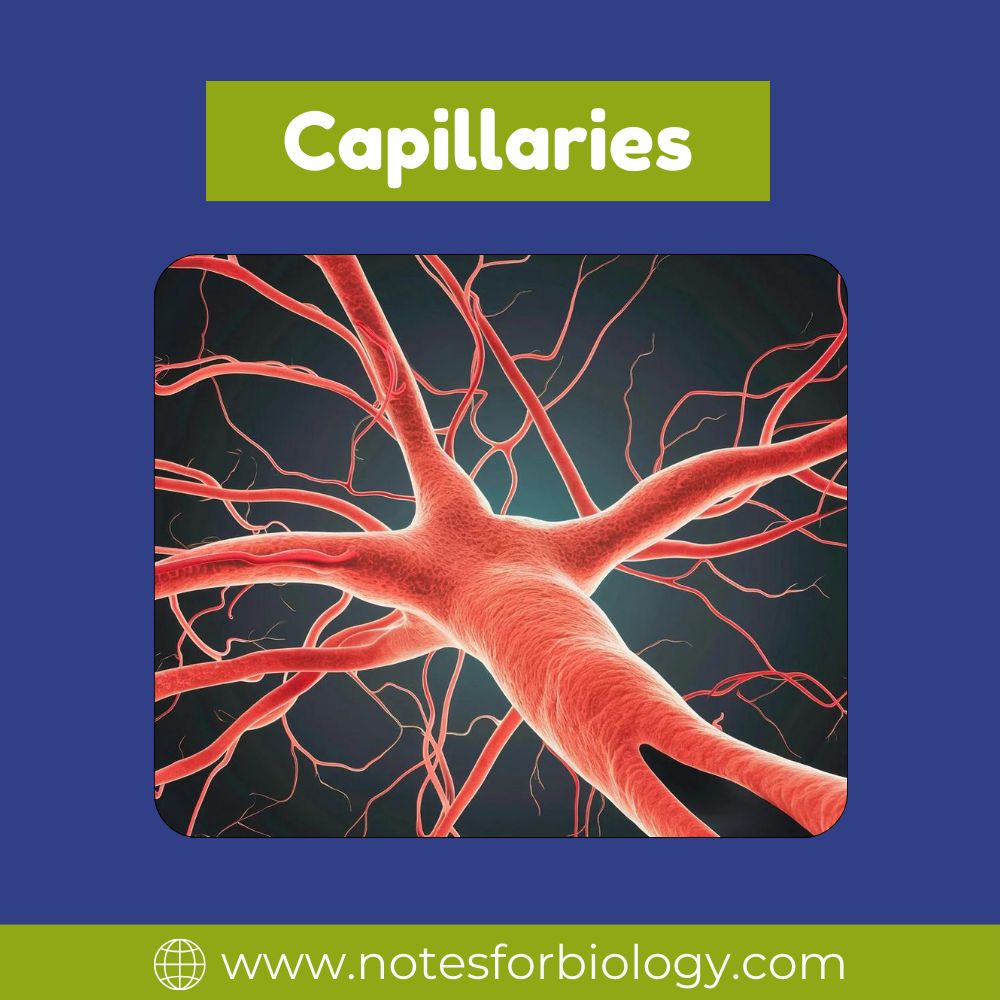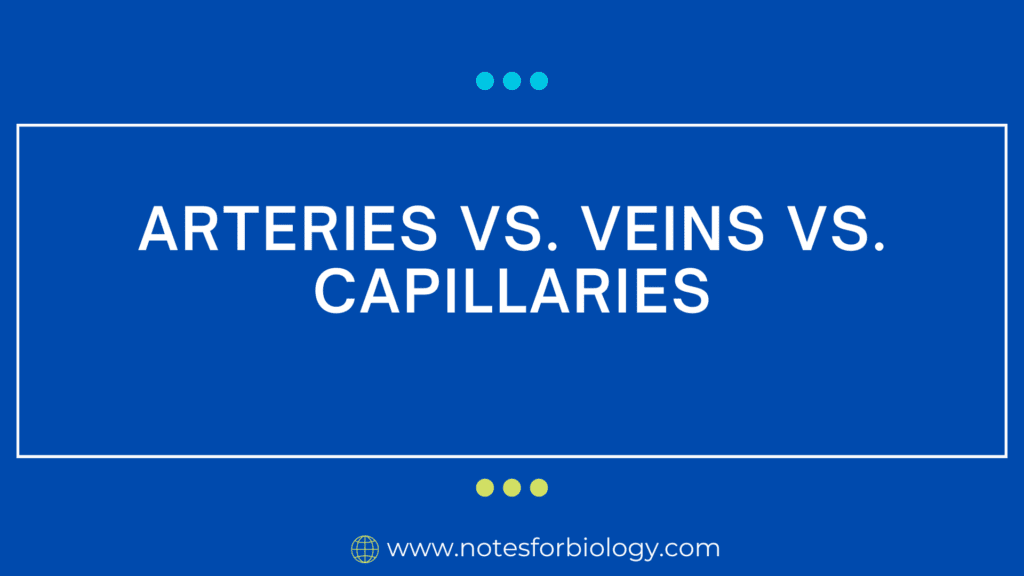Understanding the differences between arteries vs veins vs capillaries reveals the complexities of the circulatory system and emphasizes their critical roles in maintaining bodily function and vitality. The three primary categories of blood vessels that make up the circulatory system are capillaries, veins, and arteries. Thick, muscular walls surround arteries, which carry blood rich in oxygen from the heart to different parts of the body’s tissues and organs.
The heart’s regular pumping action causes them to exhibit pulsatile flow and control blood pressure. In contrast, veins have bigger lumens and thinner walls than arteries. With the help of systems like the muscle pump and respiratory pump as well as valves that stop backward flow, they bring deoxygenated blood from the tissues back to the heart. The tiniest and thinnest blood arteries, called capillaries, establish complex networks that help the bloodstream and tissues exchange waste products, gasses, and nutrients. Capillaries regulate the movement of substances selectively and increase surface area for diffusion thanks to their thin endothelial walls.
Table of Contents
Arteries
Arteries are blood channels that transport blood rich in oxygen from the heart to the body’s various organs and tissues. They can resist the enormous pressure produced by the heart’s pumping action because of their thick, muscular walls. Arteries split into more compact arterioles, which then split into capillaries. Arteries’ sturdy construction controls blood pressure and flow while effectively supplying cells with oxygenated blood. In order to guarantee that tissues receive the oxygen and nutrients required for cellular function and metabolism, they play a critical role in systemic circulation.

Veins
Veins contain less elastic and muscular tissue and thinner walls than arteries. In order to help blood flow against gravity, they rely on one-way valves and the contraction of nearby skeletal muscles. Veins serve as pathways for blood to return to the heart, where it can be pumped throughout the body and given fresh oxygen. Veins can also enlarge to accommodate variations in blood volume, which makes them useful as blood storage. Veins are essential for upholding healthy circulation and promoting cardiovascular health in general because they effectively return deoxygenated blood to the heart.

Capillaries
Capillaries, which connect arterioles to venules, are the tiniest and thinnest blood arteries in the human body. Through diffusion, they enable the flow of hormones, nutrients, waste products, and oxygen between the surrounding tissues and the bloodstream. Blood and tissues may exchange chemicals efficiently thanks to the incredibly thin walls of capillaries, which are made of a single layer of endothelial cells.
The exchange of oxygen and nutrients between blood and cells, as well as the elimination of carbon dioxide and metabolic waste products from tissues, are vital metabolic activities made possible by this intimate contact. The maintenance of tissue health and function is largely dependent on capillaries, which facilitate the appropriate interchange of chemicals required for cellular metabolism and overall physiological balance.

12 Differences between Arteries vs Veins vs Capillaries
The differences arteries vs veins vs capillaries are:
| S.N | Feature | Arteries | Veins | Capillaries |
| 1. | Transport Direction | Arteries carry blood away from the heart. | Veins carry blood toward the heart. | Capillaries facilitate the exchange of substances between blood and tissues. |
| 2. | Blood Oxygenation | Arteries carry oxygenated blood (except for the pulmonary artery, which carries deoxygenated blood to the lungs). | Veins carry deoxygenated blood (except for the pulmonary vein, which carries oxygenated blood from the lungs to the heart). | Capillaries allow for the exchange of oxygen and carbon dioxide between blood and tissues. |
| 3. | Wall Thickness | Arteries have thicker walls with more smooth muscle and elastic tissue. | Veins have thinner walls with less smooth muscle and elastic tissue. | Capillaries have extremely thin walls, consisting of just a single layer of endothelial cells. |
| 4. | Valves: | Arteries do not have valves. | Veins have valves that prevent the backflow of blood. | Capillaries do not have valves. |
| 5. | Blood Pressure | Arteries have higher blood pressure due to the force generated by the heart’s pumping action. | Veins have lower blood pressure compared to arteries. | Capillaries have low blood pressure as they facilitate the exchange of substances between blood and tissues. |
| 6. | Blood Flow Control | Arteries regulate blood flow through vasoconstriction and vasodilation of their smooth muscle | Veins rely on skeletal muscle contractions (muscle pump) and breathing movements (respiratory pump) to assist blood return to the heart. | Capillary blood flow is regulated by the constriction and dilation of precapillary sphincters. |
| 7. | Lumen Size: | Arteries have smaller lumens compared to veins. | Veins have larger lumens to accommodate the return of blood to the heart. | Capillaries have narrow lumens, allowing for close interaction between blood and tissue cells. |
| 8. | Pulse | Arteries exhibit a pulsatile flow due to the contraction and relaxation of the heart. | Veins do not exhibit a pulse. | Capillaries do not exhibit pulsatile flow. |
| 9. | Composition of Blood | Arteries carry blood rich in oxygen and nutrients | Veins carry blood containing metabolic waste products, such as carbon dioxide and urea. | Capillaries allow for the exchange of gases, nutrients, hormones, and waste products between blood and tissues |
| 10. | Location in the Circulatory System | Arteries originate from the heart and branch out to deliver blood to various parts of the body | Veins collect blood from tissues and organs and return it to the heart. | Capillaries connect arterioles to venules, forming networks within tissues. |
| 11. | Role in Circulation | Arteries play a crucial role in distributing oxygenated blood to tissues and organs. | Veins facilitate the return of deoxygenated blood to the heart and serve as blood reservoirs. | Capillaries facilitate the exchange of substances between blood and tissues, including oxygen, carbon dioxide, nutrients, and waste products. |
| 12 | Regulation of Blood Volume | Arteries do not store blood; they carry blood under pressure away from the heart. | Veins have a larger capacity for blood storage and can accommodate changes in blood volume. | Capillaries facilitate the exchange of fluids between blood and tissues, contributing to fluid balance in the body. |
In summary, arteries vs veins vs capillaries are integral components of the circulatory system, each with unique functions. Arteries carry oxygen-rich blood away from the heart, veins return deoxygenated blood to the heart, and capillaries facilitate exchange between blood and tissues. Understanding their roles illuminates the efficiency and complexity of human physiology.
Frequently Asked Question
Define Arteries, Veins & Capillaries
Arteries: Throughout the body, arteries transport oxygenated blood from the heart to different tissues and organs. Their walls are strong and thick, able to endure the great pressure that the heart’s pumping movement creates. Smaller arterioles split off from larger arteries to form capillaries.
Blood arteries called veins return deoxygenated blood from tissues and organs to the heart. Veins lack muscle and elastic tissue and have thinner walls than arteries. To help blood flow against gravity, they rely on one-way valves and the contraction of the skeletal muscles around them. Veins can enlarge to accommodate variations in blood volume and frequently serve as blood storage.
The tiniest and thinnest blood vessels in the body are called capillaries, and they form a network that links venules and arterioles. Through diffusion, they aid in the flow of hormones, nutrients, waste products, and oxygen between the bloodstream and the surrounding tissues. The single layer of endothelial cells that makes up the incredibly thin walls of capillaries facilitates the effective exchange of chemicals between blood and tissues.
Write the arteries vs veins vs capillaries ?
The arteries vs veins vs capillaries are:
Use:
Arteries: Transport blood rich in oxygen from the heart to the body’s tissues and organs.
Veins: Return deoxygenated blood to the heart from tissues and organs.
Capillaries: Enable the blood and tissues to exchange gasses, nutrients, and waste materials.
Blood Oxygenation:
Arteries: Transport blood with oxygen (pulmonary artery excluded).
Veins: With the exception of the pulmonary vein, transport deoxygenated blood.
Capillaries: Help the blood and tissues exchange carbon dioxide and oxygen.
Wall Density:
Arteries: Feature thicker walls made mostly of elastic and smooth muscle.
Veins: Lack elastic and smooth muscle and have narrower walls.
Capillaries: Only one layer of endothelial cells makes up their incredibly thin walls.
Related Article


